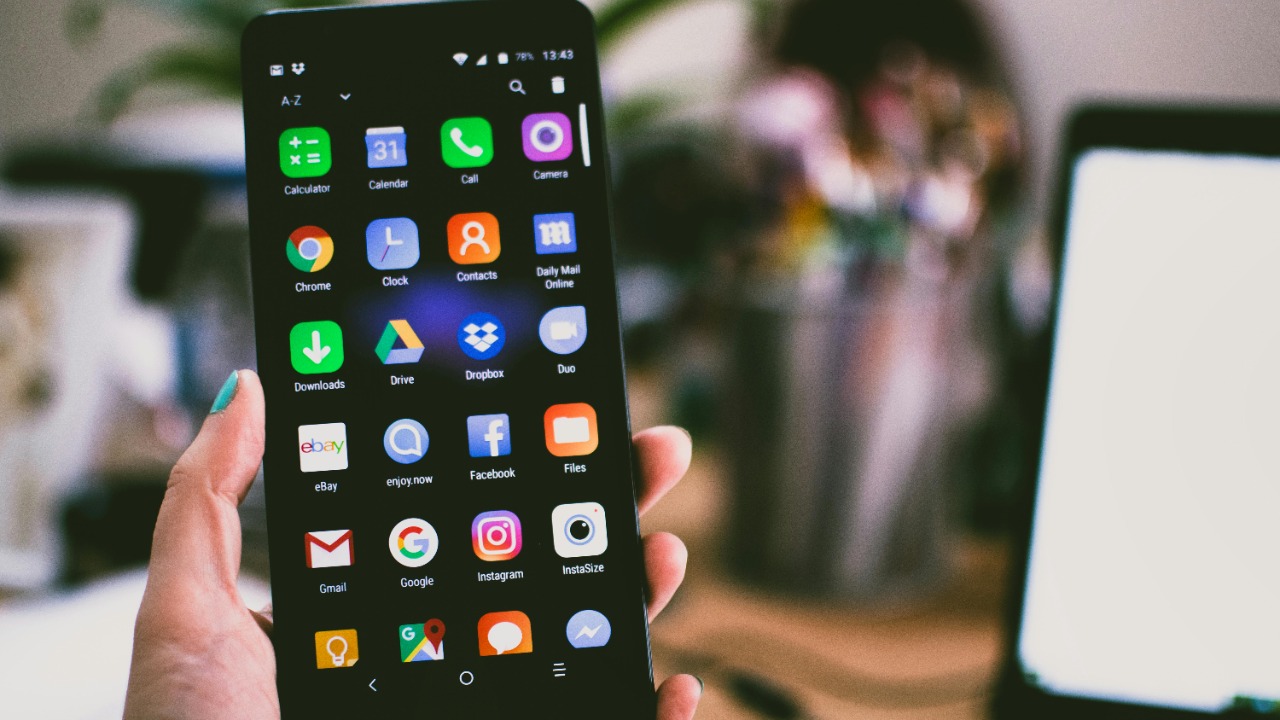
In the age of smartphones, we often focus on the features that make our devices more powerful and convenient. However, some of these impressive features can significantly impact your financial health. From dazzling displays to advanced connectivity, here’s a look at the phone features that might be costing you more than you realize.
High-Resolution Displays
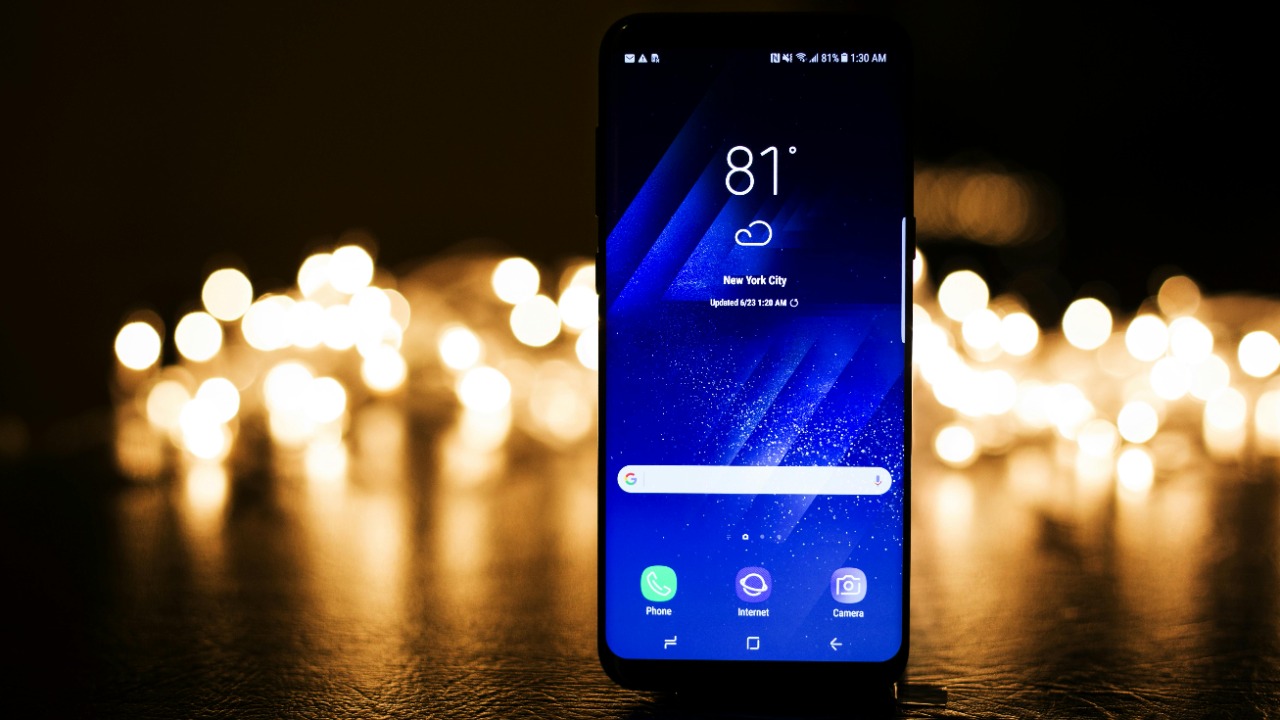
High-resolution displays are certainly a feast for the eyes, making everything from video streaming to gaming more immersive. However, these displays come at a price. Not only do they tend to be more expensive, but they also consume more battery power, leading to frequent charging. This can shorten the lifespan of your battery, forcing you to replace it sooner than expected.
Moreover, high-resolution displays can tempt you into purchasing more expensive content, such as 4K movies or high-definition games. If you’re not careful, these purchases can add up quickly. For tips on managing your phone’s battery life, check out this guide on CNET.
5G Connectivity
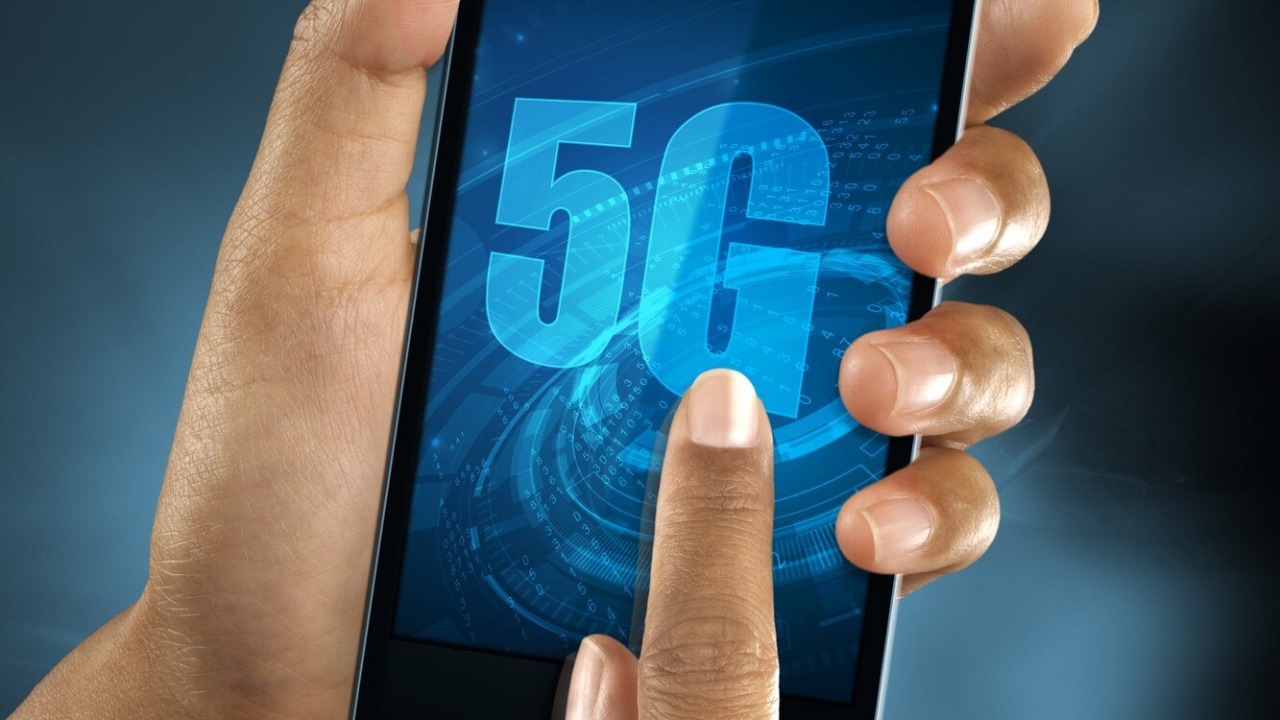
5G connectivity promises faster download speeds and improved network reliability, but it also comes with hidden costs. Many service providers charge a premium for 5G plans, and you might find yourself using more data thanks to the enhanced speed. This can lead to unexpectedly high bills if you exceed your plan’s data limit.
Additionally, 5G consumes more battery power than 4G, which can affect your phone’s overall performance. You may need to invest in a portable charger or an extra battery, which is another expense to consider.
Advanced Camera Systems
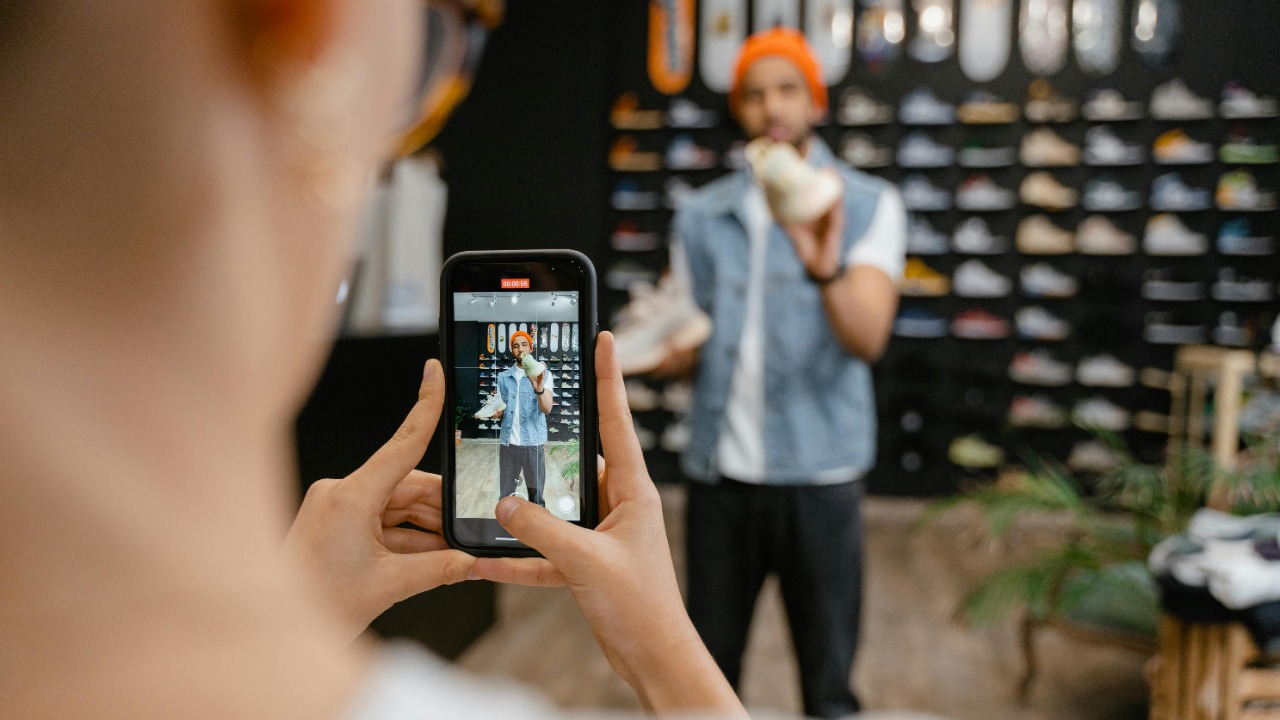
Today’s smartphones often come equipped with advanced camera systems that rival professional photography equipment. While having a high-quality camera in your pocket is convenient, it can also be expensive. Phones with superior cameras often come with a higher price tag, and the cost of accessories such as tripods and lens attachments can add up.
Additionally, the high-quality photos and videos you capture will take up more storage space, potentially requiring you to purchase additional cloud storage solutions. This recurring cost is something to keep an eye on.
Biometric Security Features
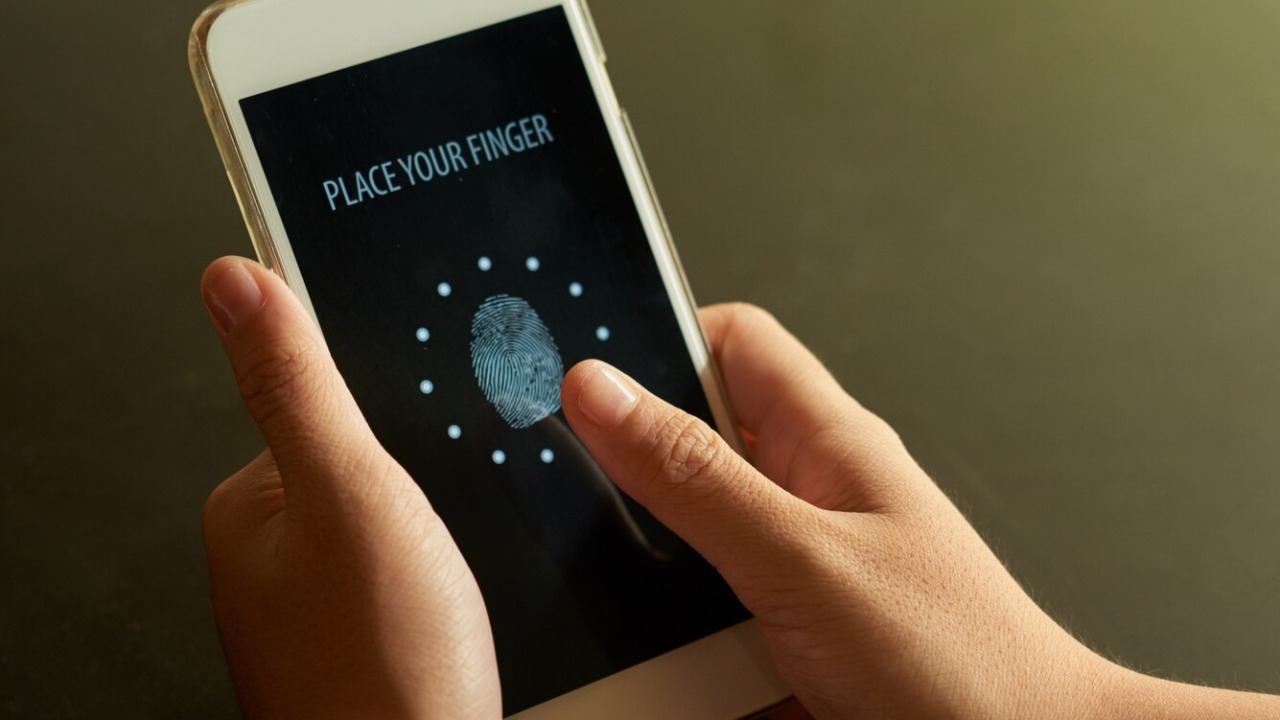
Biometric security features, such as fingerprint sensors and facial recognition, offer a convenient way to secure your device. However, these features can also be a financial burden. Phones equipped with advanced biometric systems tend to be more expensive, increasing the initial cost of your device.
In addition, these systems can be a target for hackers. It’s crucial to stay informed about potential security vulnerabilities and take steps to protect your accounts from unauthorized access. For more information on securing your devices, visit Bankrate.
Wireless Charging
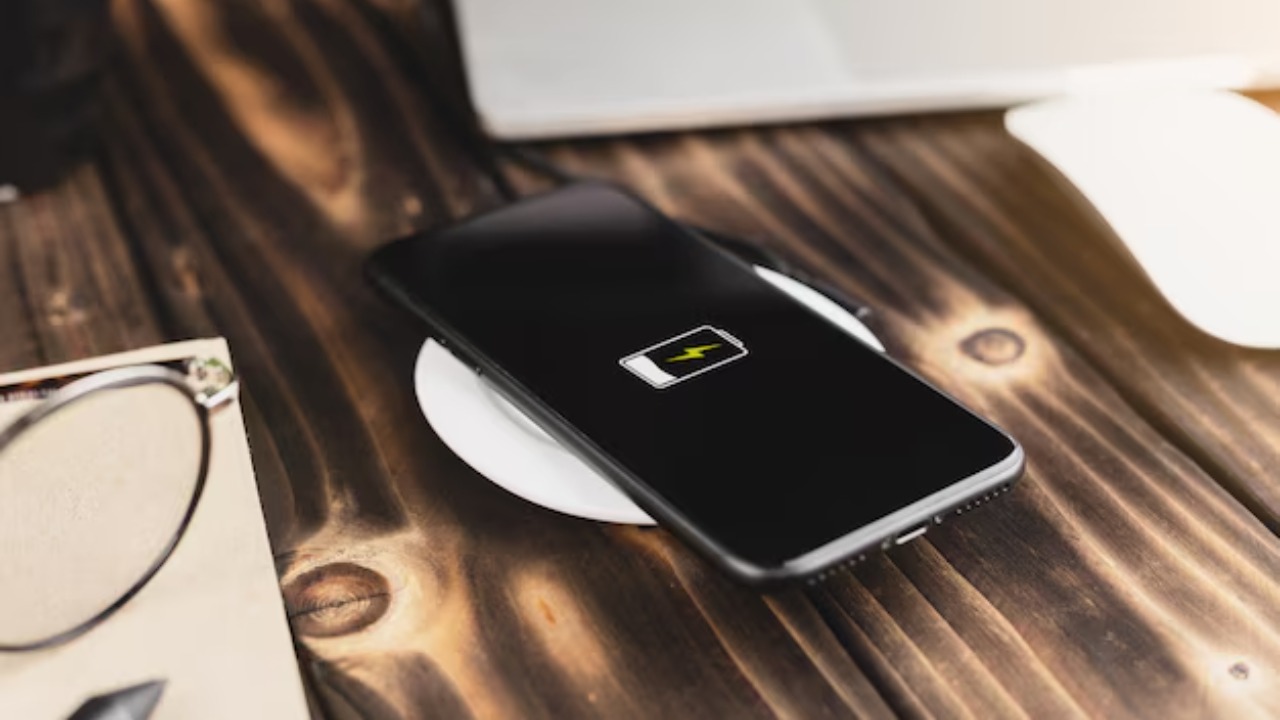
Wireless charging is a convenient feature that eliminates the need for cables, but it comes with its own set of costs. Wireless chargers are often sold separately and can be quite pricey, especially if you opt for faster-charging models.
Additionally, wireless charging is typically less efficient than wired charging, which means more energy is wasted during the charging process. This can lead to higher electricity bills over time, especially if you charge your phone frequently.
Premium Build Materials
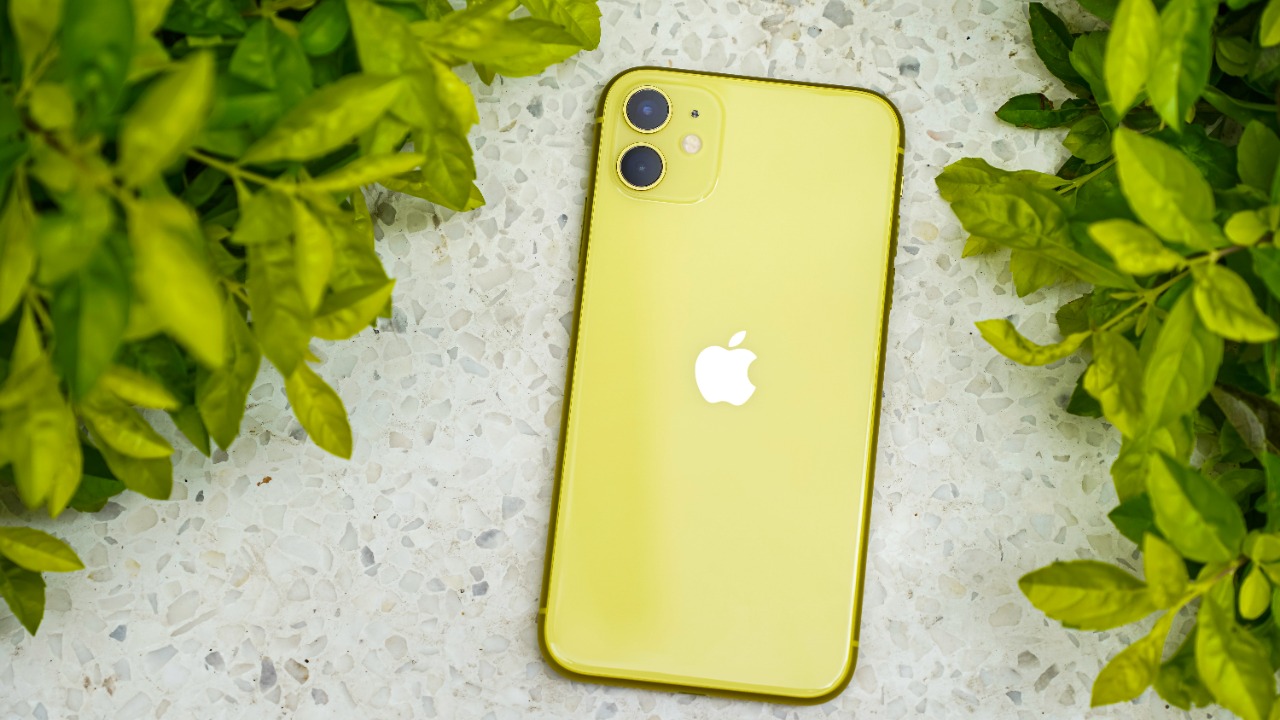
Smartphones with premium build materials such as glass and metal offer a sleek and stylish look. However, these materials can make your phone more fragile and prone to damage. Repairing or replacing parts made from premium materials can be costly.
Furthermore, the allure of owning a phone made with high-end materials can tempt you into upgrading more frequently, adding to your overall expenses. It’s worth considering whether the aesthetic benefits outweigh the financial costs.
Extensive App Ecosystem
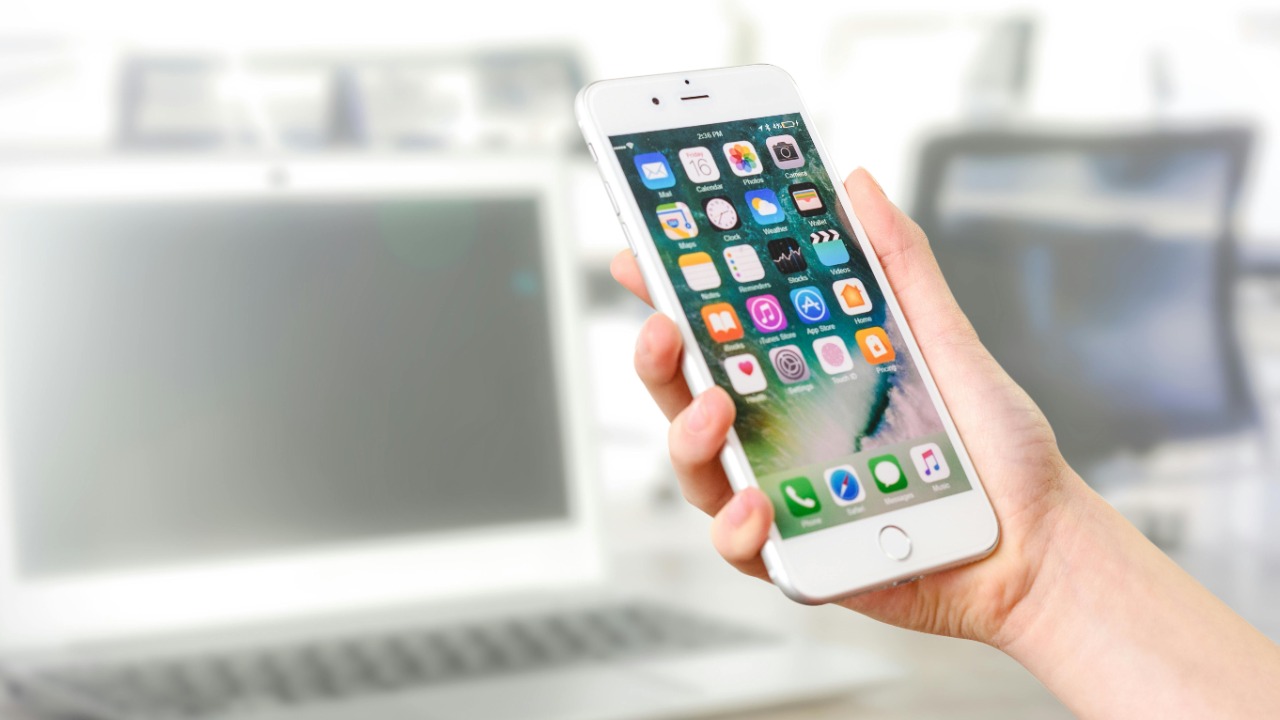
An extensive app ecosystem can enhance your smartphone experience by providing access to a wide range of services and entertainment options. However, many of these apps come with subscription fees or in-app purchases that can quickly accumulate.
It’s easy to lose track of how much you’re spending on apps, especially if you have multiple subscriptions. Regularly reviewing your app usage and expenses can help you manage your finances more effectively. To learn how to optimize your phone settings and reduce costs, watch this helpful video.
Frequent Software Updates
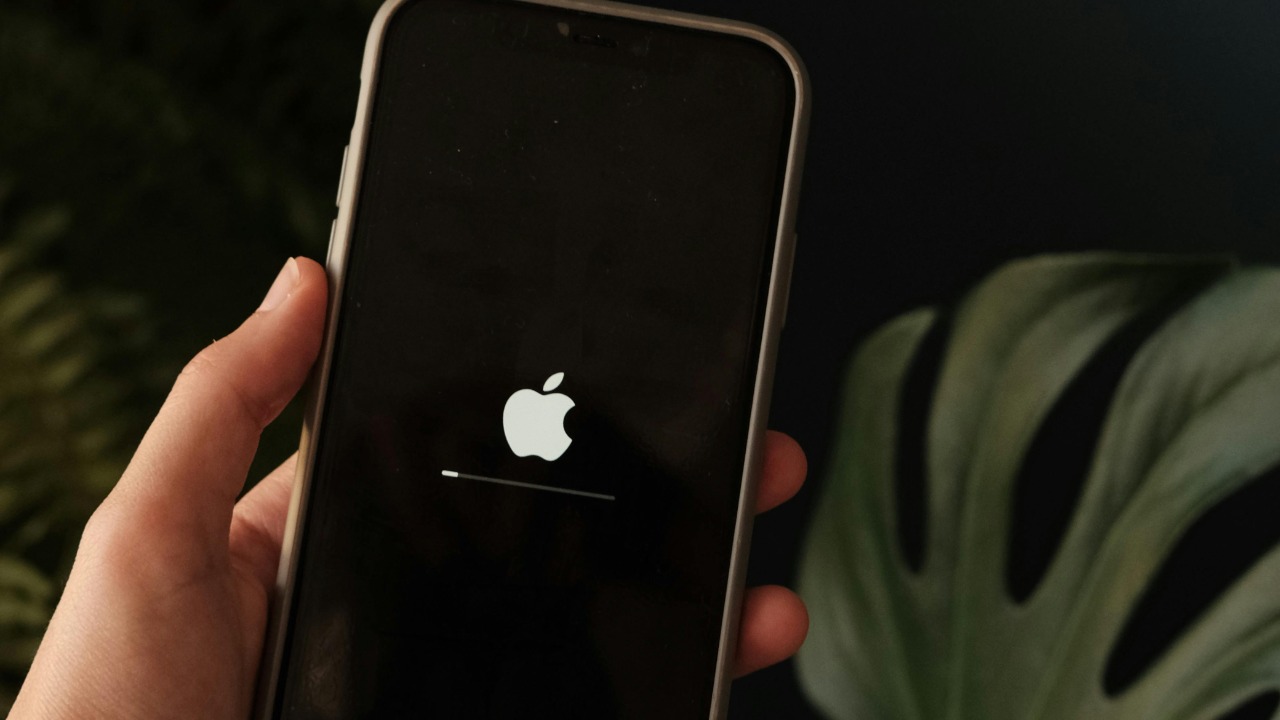
Frequent software updates ensure that your phone stays secure and runs smoothly, but they can also have financial implications. Older devices may struggle to handle new updates, which can lead to decreased performance and eventually necessitate an upgrade.
Additionally, some updates may introduce new features that require more powerful hardware, effectively shortening the lifespan of your current device. Keeping up with these updates might pressure you into purchasing a newer model sooner than planned. For insights on managing software updates effectively, read this article on ZDNet.